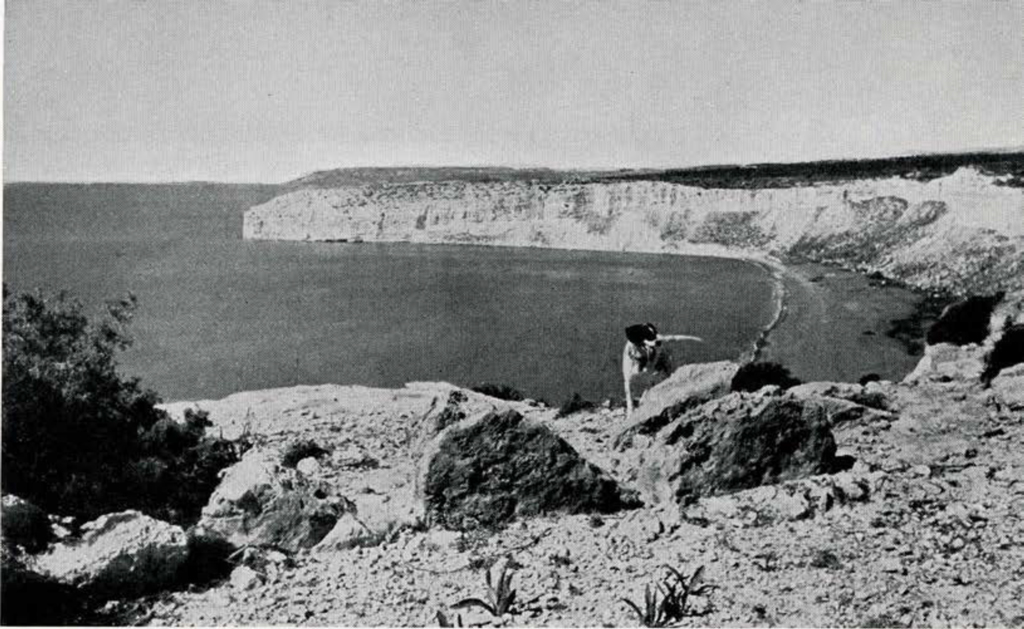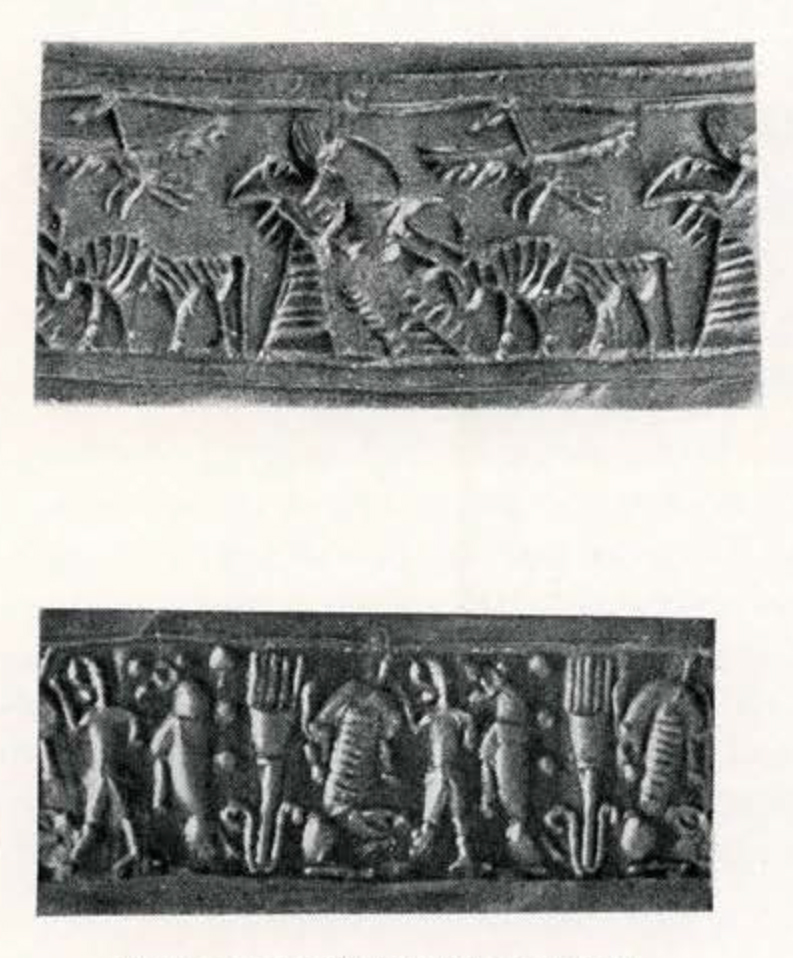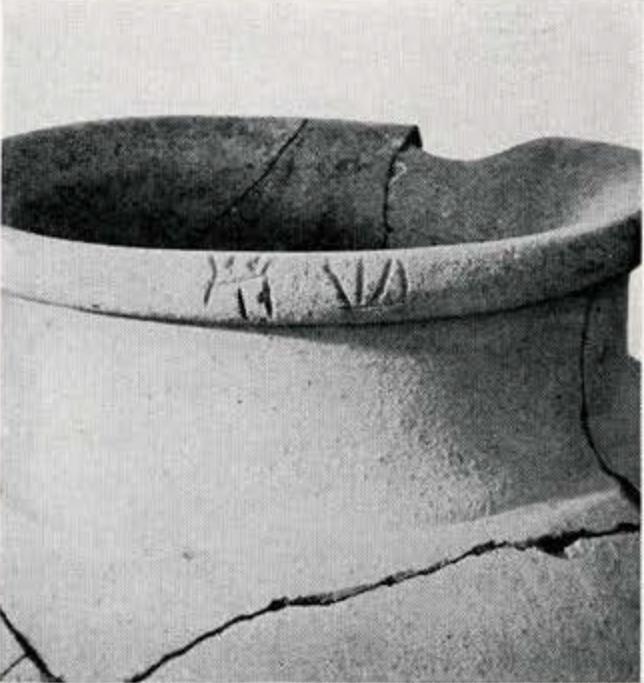THE Museum’s Expedition to Cyprus under the direction of Dr. B. H. Hill continued this spring the excavation of the city of Kourion which was begun in 1935. John Franklin Daniel conducted the investigation of a Late Bronze Age settlement on the slopes of the Bamboula, the northern part of a low ridge separating the river Kouris from the village of Episkopi. News of this particular part of the excavations follows:
THE Late Bronze Age city was found in a large field which starts at the stone outcroppings below the summit of the ridge, slopes down at an angle of six to ten degrees to an irrigation ditch, and then drops abruptly three metres to the plain. Ten trial trenches revealed the presence and general position of the remains and three areas were selected for detailed investigation-part of a fortification wall and two groups of buildings. These remains belong to the Late Cypriote II and Cypriote III periods, the climax and anti-climax of the Late Bronze Age in Cyprus around 1000 B.C. This region, the Bamboula, was uninhabited after this time until about the 7th century B.C. when the circuit wall was rebuilt, perhaps as a refuge for the rural population. After this it again lapsed into oblivion, disturbed only in Roman and modern times by treasure hunters.

Besides the pottery evidence forthcoming from this area and a group of seals of interest, four pots and seven sherds with incised inscriptions were found this season; the investigation of these has revealed new light on the “Cypro-Minoan” script, adding eight new characters to the syllabary, and on the history of Kourion before the fall of Mycenae.
The inscriptions were found on the rims of storage amphorae, on the interior of a bowl, and on the handles of amphorae or jugs. They contain a group of characters some of which have been known but others seem to be entirely new in a Cypriote Bronze Age context. These signs give fresh evidence of the close relation of the “Cypro-Minoan” to the true Minoan syllabary, and of the derivation of the classical Cypriote from both. The purely Minoan letter forms show that the “Cypro-Minoan” script is derived directly from Crete, and not by way of the Greek mainland.

Three of these inscriptions have two characters or signs which reading from left to right we get Kuri. The identification of this with Koúpiou is certain. In the tribute list of Sargon, the earliest previously known mention of the name Da-ma-su šar mat Ku-ri-i appears among the kings of Cyprus. The Assyrians of the 8th Century B.C. thus knew the city by the name of Kuri.
There are three main stages in the history of Kourion. The latest city was on the high bluffs overlooking the sea, two miles and more to the west of the Bamboula ridge. The earliest remains there and at the sanctuary of Apollo Hylates, still farther west, are not earlier than the end of the 7th Century B.C. and the general habitation is Hellenistic and later. We do not yet know where the city was between the end of the Bronze Age and the settlement of the later site, but its existence is attested by an unbroken sequence of tombs from the second period of L.C. III down to Roman times, in the plain south-east of the later site. The Bronze Age city was on the ridge between the Episkopi and the river Kouris. The occupation began in the Early Bronze Age at Phaneromeni and led without a break to the Bamboula settlement.

The name of the classical site is attested by numerous inscriptions. There is no doubt that the missing middle city was also Kourion, and now the “Cypro-Minoan” inscriptions show that the same name, in its pre- classical form of Kuri, was already held by the Bamboula settlement. We do not know when the name originated but its use on the Bamboula brings the entire Bronze Age site into generic connection with the classical city of Kourion.
Reappraising the pottery evidence and tracing it step by step, Mr. Daniel has suggested the last quarter of the 13th and the first quarter of the 12th Centuries B.C. for the Kuri inscriptions (and for his Period 1 in L.C. III). Whatever the absolute dates may be, the sequence of finds proves that the city had its Greek name before the latest Mycenaeaen trends became known in Cyprus. The ceramic and epigraphical evidence combine to show that the Achean colonization of Kourion took place before the fall of Mycenae.
Note: A large area in the precinct of the Apollo Hylates sanctuary was opened under the supervision of Mr. George H. McFadden, on which a report will be published in the next issue of the Bulletin.

